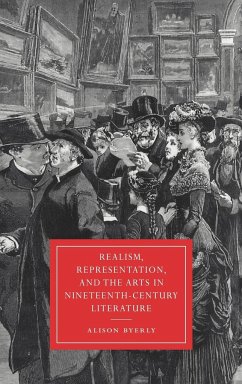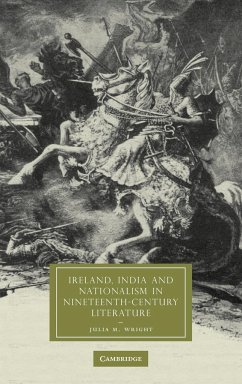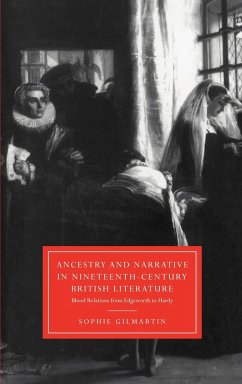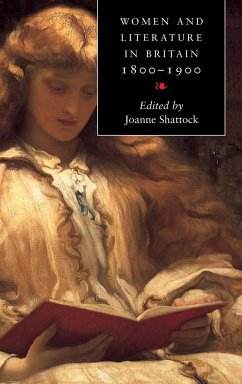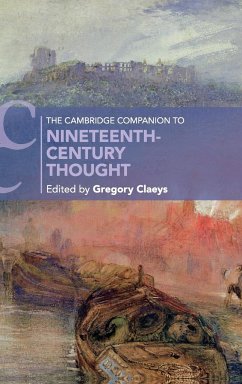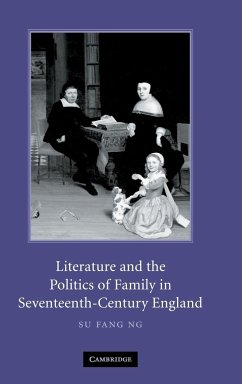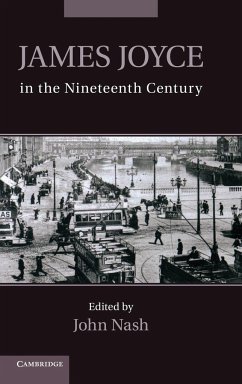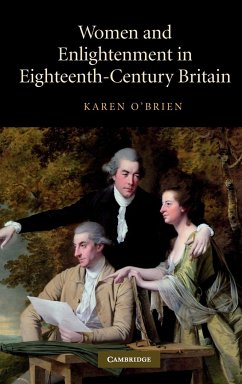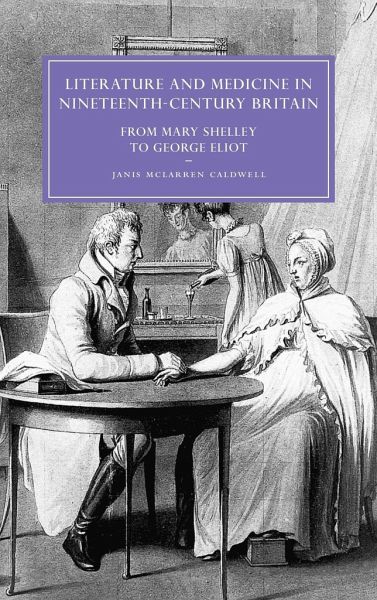
Literature and Medicine in Nineteenth-Century Britain
From Mary Shelley to George Eliot
Herausgeber: Caldwell, Janis McLarren
Versandkostenfrei!
Versandfertig in 1-2 Wochen
108,99 €
inkl. MwSt.
Weitere Ausgaben:

PAYBACK Punkte
54 °P sammeln!
Short description/annotationJanis McLarren Caldwell investigates the impact of medical science and the Romantic interest in material culture on nineteenth-century literature.Main descriptionAlthough we have come to regard 'clinical' and 'romantic' as oppositional terms, romantic literature and clinical medicine were fed by the same cultural configurations. In the pre-Darwinian nineteenth century, writers and doctors developed an interpretive method that negotiated between literary and scientific knowledge of the natural world. Literary writers produced potent myths that juxtaposed the natural ...
Short description/annotation
Janis McLarren Caldwell investigates the impact of medical science and the Romantic interest in material culture on nineteenth-century literature.
Main description
Although we have come to regard 'clinical' and 'romantic' as oppositional terms, romantic literature and clinical medicine were fed by the same cultural configurations. In the pre-Darwinian nineteenth century, writers and doctors developed an interpretive method that negotiated between literary and scientific knowledge of the natural world. Literary writers produced potent myths that juxtaposed the natural and the supernatural, often disturbing the conventional dualist hierarchy of spirit over flesh. Clinicians developed the two-part history and physical examination, weighing the patient's narrative against the evidence of the body. Examining fiction by Mary Shelley, Carlyle, the Brontës and George Eliot, alongside biomedical lectures, textbooks and articles, Janis McLarren Caldwell demonstrates the similar ways of reading employed by nineteenth-century doctors and imaginative writers and reveals the complexities and creative exchanges of the relationship between literature and medicine.
Table of contents:
1. Introduction; 2. Science and sympathy in Frankenstein; 3. Natural supernaturalism in Thomas Carlyle and Richard Owen; 4. Wuthering Heights and domestic medicine: the child's body and the book; 5. Literalization in the novels of Charlotte Brontë; 6. Charles Darwin and Romantic medicine; 7. Doctors and patients, then and now; Bibliography; Index.
Janis McLarren Caldwell investigates the impact of medical science and the Romantic interest in material culture on nineteenth-century literature.
Main description
Although we have come to regard 'clinical' and 'romantic' as oppositional terms, romantic literature and clinical medicine were fed by the same cultural configurations. In the pre-Darwinian nineteenth century, writers and doctors developed an interpretive method that negotiated between literary and scientific knowledge of the natural world. Literary writers produced potent myths that juxtaposed the natural and the supernatural, often disturbing the conventional dualist hierarchy of spirit over flesh. Clinicians developed the two-part history and physical examination, weighing the patient's narrative against the evidence of the body. Examining fiction by Mary Shelley, Carlyle, the Brontës and George Eliot, alongside biomedical lectures, textbooks and articles, Janis McLarren Caldwell demonstrates the similar ways of reading employed by nineteenth-century doctors and imaginative writers and reveals the complexities and creative exchanges of the relationship between literature and medicine.
Table of contents:
1. Introduction; 2. Science and sympathy in Frankenstein; 3. Natural supernaturalism in Thomas Carlyle and Richard Owen; 4. Wuthering Heights and domestic medicine: the child's body and the book; 5. Literalization in the novels of Charlotte Brontë; 6. Charles Darwin and Romantic medicine; 7. Doctors and patients, then and now; Bibliography; Index.






